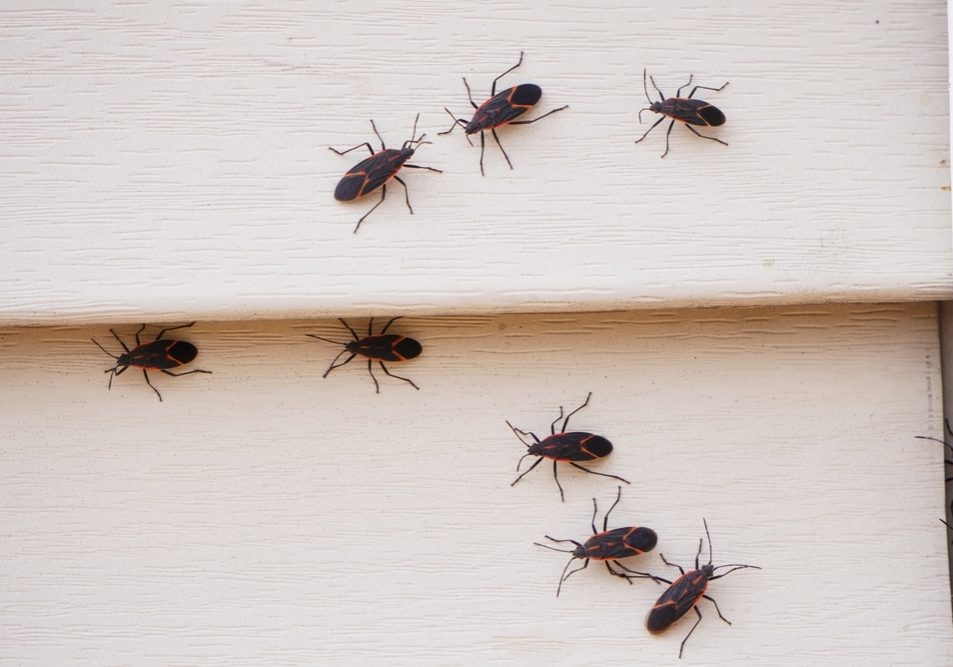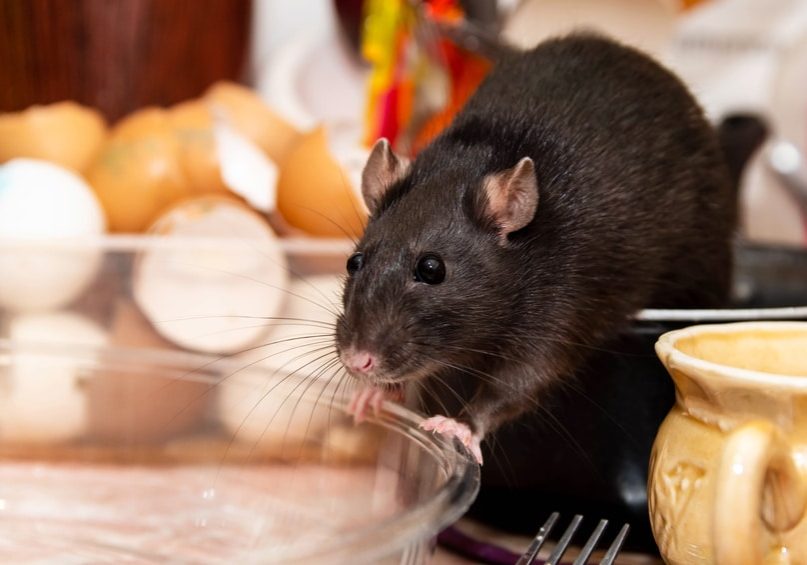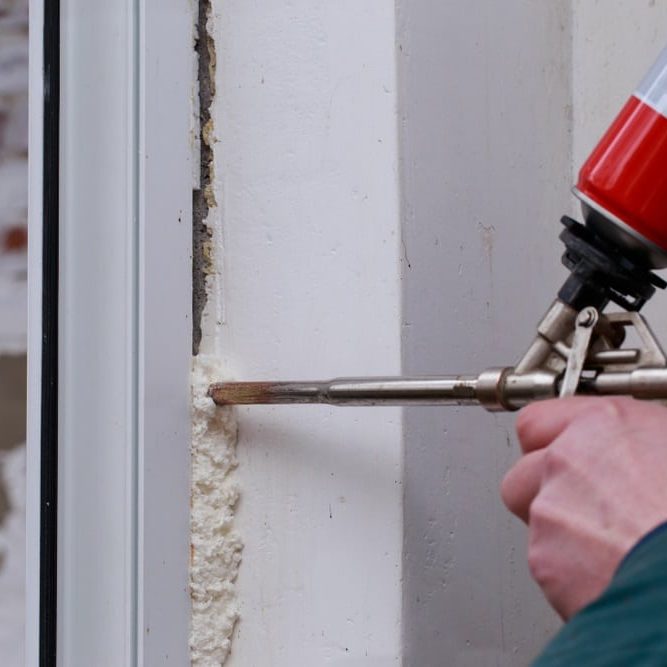As the balmy days of summer give way to the crisp air of fall, many homeowners may notice the subtle signs that signify a change in their environment. While the vibrant colors of autumn foliage paint a beautiful picture outside, cooler temperatures also herald a shift in pest behavior that can directly affect your home. Understanding how these changes in temperature influence pest activity is essential for proactive management and ensuring a pest-free living space. In this post, we'll explore the biological responses of pests to cooler temperatures, identify common fall pests, discuss the impact of weather conditions on pest movement, and provide effective pest management strategies for homeowners.

I. The Biological Response of Pests to Cooler Temperatures
Every pest species has a life cycle that is intrinsically linked to environmental conditions, including temperature. As autumn approaches and temperatures drop, many pests respond in specific ways:
- Dormancy and Hibernation: Cold-blooded insects and some mammals enter a state of dormancy or hibernation as temperatures fall. Insects, such as certain beetles, may burrow into the ground or reside in sheltered areas to survive until warmer weather returns.
- Decreased Activity Levels: Pests like cockroaches and ants exhibit reduced activity levels with cooler temperatures. You might spot fewer insects roaming in your garden or around your home. However, this does not mean they are gone; they may simply be seeking warmth in hidden spots.
Cooler temperatures induce physiological changes that help pests cope with adverse conditions:
- Lower Metabolic Rates: Pests often slow down their metabolic processes to conserve energy during the colder months. This makes them less active and less visible, but they are still present.
- Enhanced Need for Food and Shelter: As pests search for places to endure the winter, they are motivated to invade homes and buildings where they can find warmth and food sources. This is particularly true for rodents, which look for cozy nesting areas within walls and attics.
Understanding these biological responses helps homeowners anticipate pest behavior as temperatures drop, allowing for timely intervention.
III. The Impact of Fall Weather Conditions on Pest Movement
The combination of cooler temperatures and shifting weather patterns has a significant impact on pest behavior:
Autumn weather can create conditions that prompt pests to seek shelter:
- Moisture and Shelter-Seeking Behavior: Increased rainfall can lead many pests to move indoors, especially if their natural habitats become flooded or compromised. Many insects will look for the nearest dry area to survive.
- Windy Conditions: Windy weather often disrupts the habitats of certain pests, encouraging them to find new shelter in buildings and homes. Pests may take advantage of openings to enter human dwellings.

IV. Proactive Pest Management Strategies
With the arrival of fall and its associated pest challenges, implementing proactive management strategies can make a significant difference. Here are some practical tips for homeowners:

Taking preventative measures can help keep pests at bay:
- Seal Entry Points: Inspect your home for gaps and cracks around windows, doors, foundations, and other entrances. Use caulk, weather stripping, or steel wool to seal these openings to prevent pests from entering.
- Maintain Outdoor Spaces: Keep yards and gardens tidy to minimize pest attraction. Regularly rake leaves, trim back bushes, and remove debris that pests can use for shelter.
At Emtec Pest Control, we are committed to safe and responsible pest control. We understand that your family’s safety is your number one priority, so we make it our priority, too.
If you have any other questions about any of these pests or pest control for your home or business, contact your Oklahoma pest control experts at Emtec Pest Control by calling us or by filling out our online contact form.
